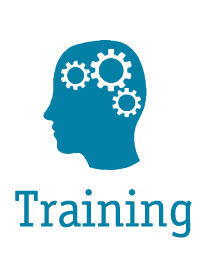|
For More Information, Contact: |
The Applied Technology Council (ATC) is pleased to announce that the preliminary program has been set for the upcoming ATC-29-1 Seminar on Seismic Design, Retrofit, and Performance of Nonstructural Components, to be held January 22-23, 1998 in San Francisco. The seminar program has been developed for design professionals, regulators, researchers, manufacturers and contractors, insurers, owners, and facility managers. More than 40 papers will be presented on the following topics:
- Observed performance in recent earthquakes;
- Seismic design codes, standards, and procedures for commercial and institutional buildings;
- Seismic design issues relating to industrial and hazardous building facilities;
- Design, analysis, and testing; and
- Seismic evaluation and rehabilitation of conventional, hospital, and other essential facilities
Location. The Seminar will be held at the Radisson Miyako Hotel in the Japan Center, 1625 Post Street, San Francisco, California.
Proceedings. Papers presented at the seminar will be published in the seminar Proceedings, which will be available at the start of the seminar.
Registration Information. The seminar registration fee is $160 ($128 for ATC Subscribers) and includes the seminar Proceedings, luncheons, and coffee breaks. A late fee of $20 will be imposed on registrations postmarked after January 15, 1998. Persons interested in registering for the seminar should contact the Applied Technology Council, 555 Twin Dolphin Drive, Suite 550, Redwood City, California 94065 (Phone: 650/595-1542; Fax: 650/593-2320). Seminar information and registration materials are also available on ATC's web site: www.atcouncil.org.
Accommodation Information. A block of sleeping rooms will be held at the Radisson Miyako Hotel until January 2, 1998 at a special negotiated rate of $149.00 per night (single or double occupancy). To reserve a room, contact the reservations department at 800/333-3333 and identify yourself as a member of the "Applied Technology Council" group to guarantee the special rate. Reservations made after January 2 cannot be guaranteed the negotiated rate.
Parking is available below the hotel at a rate of $10.00 per day.



